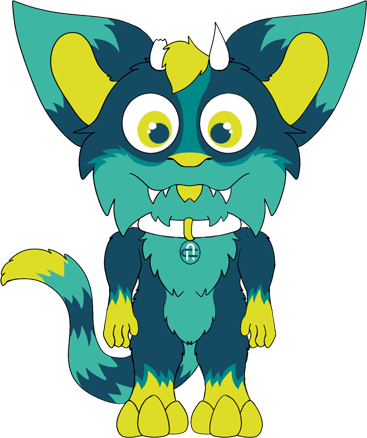arthritis in dogs - the basics
If you suspect your dog might have arthritis, or have been told that your dog does have arthritis, then a good place to start is by learning more about the disease.
This section of the website contains a wealth of information on what arthritis is, how to identify arthritis in your dog, and what it can mean long-term.
Osteoarthritis (OA) is the most common cause of chronic pain in dogs. It affects 80% of dogs over the age of 8 years old, and potentially up to 35% of dogs of all ages. It is considered a welfare concern in companion animals such as dogs, especially if left untreated.
Arthritis is often considered to be a disease of old age, however unfortunately it can occur in dogs of any age. This is due to the fact that developmental joint disease, which is a disease of younger dogs, is the leading cause of arthritis. Developmental joint disease results in imperfectly fitting joints and subsequent early onset degenerative changes. These changes progress to arthritis, resulting in painful, immobile, and grossly abnormal joints.
By educating pet owners and raising awareness, individuals can learn to identify arthritis symptoms in dogs and take proactive steps to alleviate discomfort and improve their mobility. Furthermore, grooming practices can provide valuable support in managing arthritis by ensuring proper hygiene and comfort for affected joints.
Arthritis simply means “inflammation of the joints”, but in truth the disease is much more complex than this.
Arthritis is commonly and mistakenly described as a disease of the cartilage of a joint. It is in fact a disease that affects all structures within the joint, and if left unmanaged, it can lead to complete joint failure.
Cartilage within the joint is destroyed and not replaced during the degenerative process of arthritis. The inner lining of the joint capsule becomes inflamed, and the outer fibrous layer becomes thickened and restrictive. The normally nutritious, viscous joint fluid thins and loses its viscous support for normal joint motion. New bone is laid down around the joint margins and the bone underlying the cartilage remodels, thus losing its ability to absorb concussional forces. The supportive structures such as ligaments local and distant to the joint weaken, leaving the joint unstable and weak.
Throughout the above degenerative process, the nerve receptors within the bone and joint capsule convey messages of inflammation and tissue damage to the brain. These receptors not only increase in number, but also fire off messages to the brain more easily.
If this process is left unregulated, we will eventually see a process called “wind up” where the brain becomes increasingly aware of the pain signals coming from the joints and magnifies them so what was initially a low level of pain is now perceived as a lot of pain.
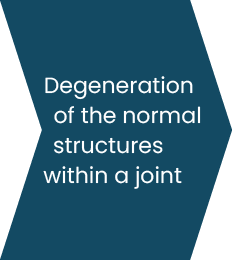


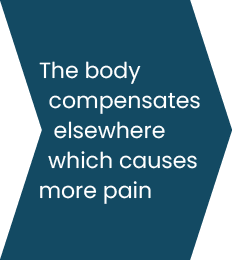
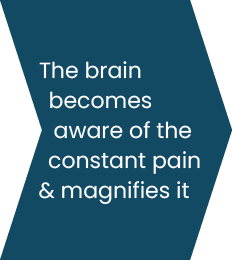
other types of arthritis
Arthritis simply means inflammation of the joint, but there are different kinds and should not be confused as each requires a different treatment. A thorough examination by your vet will ensure a correct diagnosis for the best long-term results.
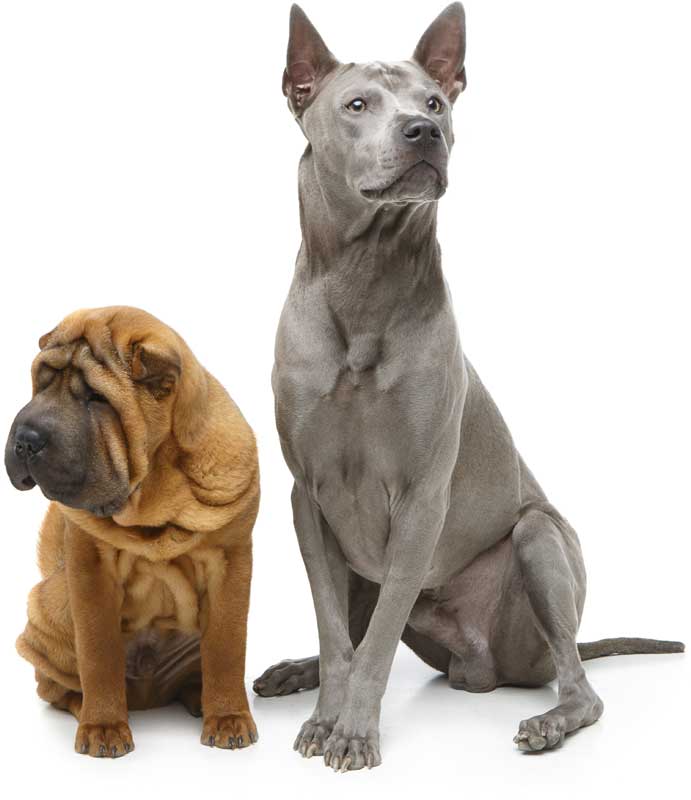
THE JOINT CAN BE CONSIDERED AS AN ‘ORGAN’ WHERE ALL COMPONENTS OF THE JOINT ARE AFFECTED BY THE DISEASE PROCESS.
